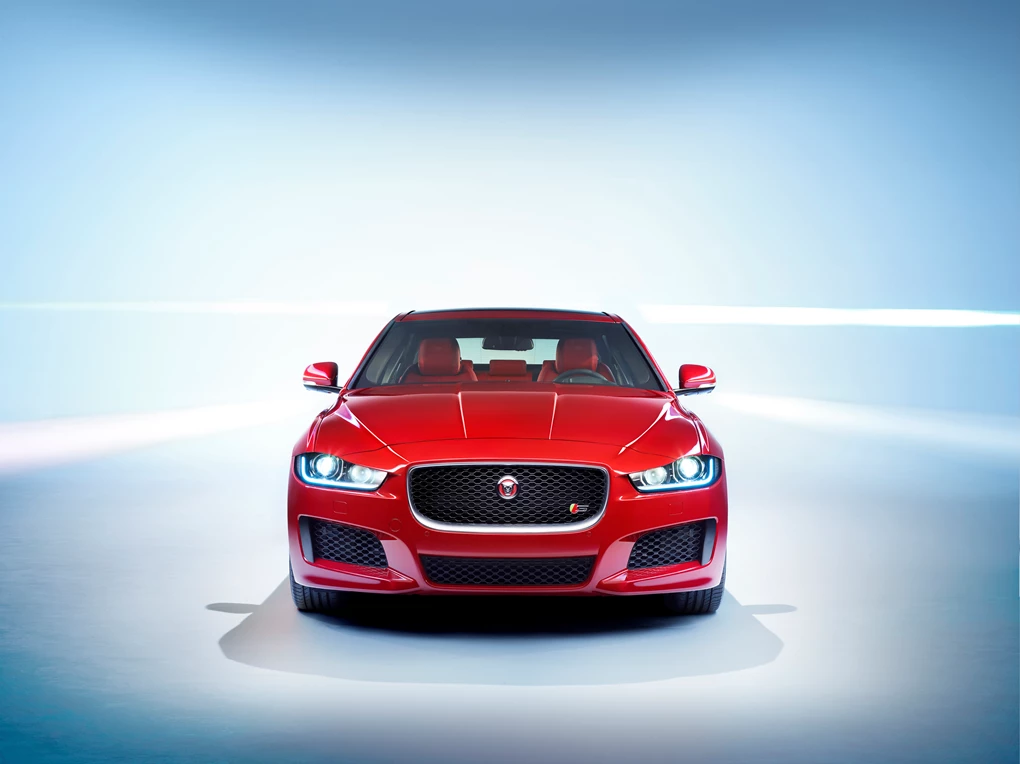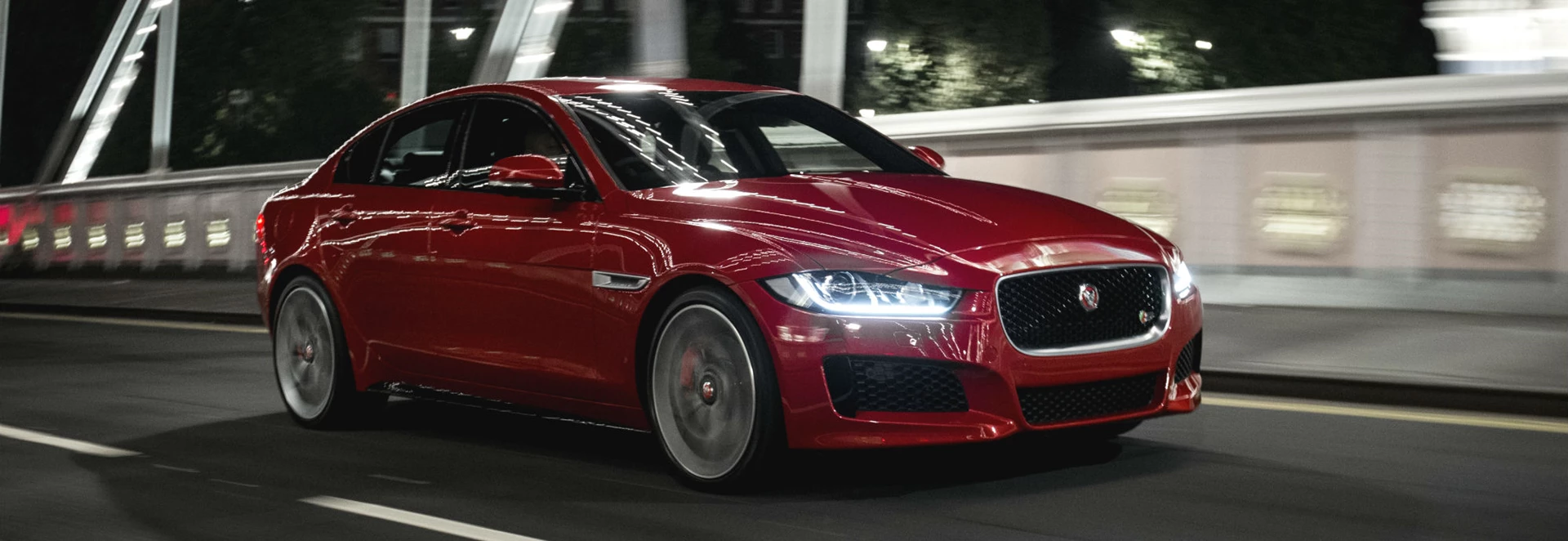The XE marks Jaguar's return, after a gap of several years, to the compact saloon segment it last visited with the not entirely successful X-Type. Built at a new facility in Solihull, it is claimed to be the most aerodynamic Jaguar saloon yet, and also the one with the stiffest body shell, which is built using several types of aluminium.
Most of the engines in the range are turbocharged four-cylinder 2.0-litre units. These include a pair of diesels producing 161bhp and 178bhp (the former making the XE officially Jaguar's most economical production car ever) and two petrol units offering 197bhp and 237bhp. The range-topping S model has the familiar 335bhp supercharged 3.0-litre petrol V6 also found in some versions of the F-Type.
The famous ZF eight-speed gearbox is available in each case, and diesel cars can also be ordered with a six-speed manual.
Class rivals are predominantly German - with the Audi A4, BMW 3 Series and Mercedes C-Class representing the main opposition. But what has the XE got to offer?
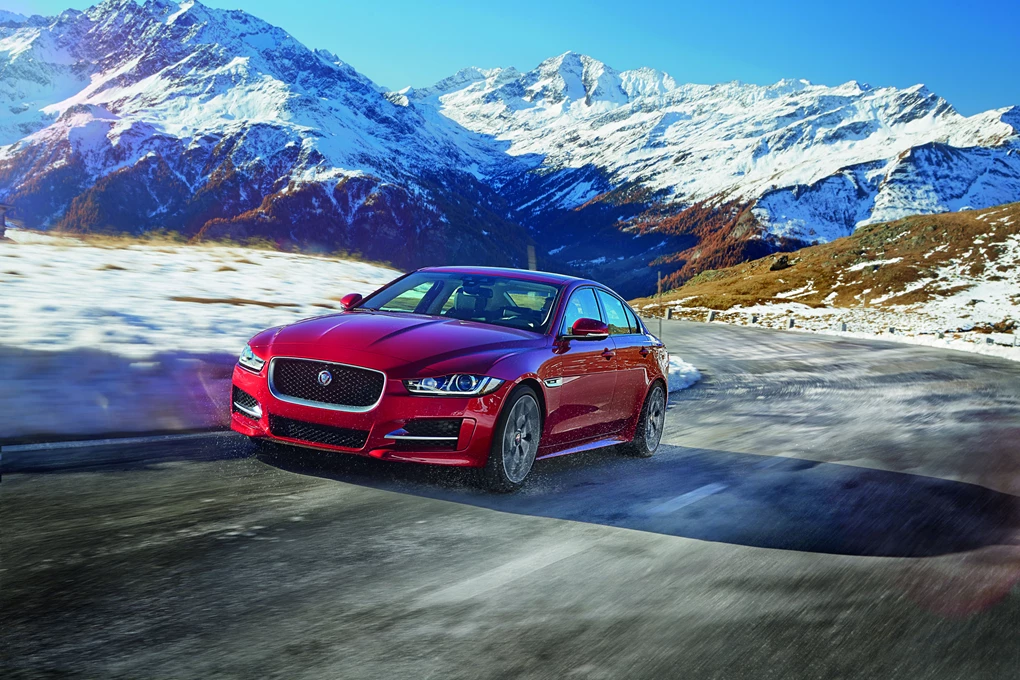
Performance
The best performing XE by a considerable margin is the S, which can accelerate from 0-62mph in 5.1 seconds. Among the others, acceleration times range from 8.4 seconds for the 161bhp diesel automatic to 6.8 seconds for the 237bhp model.
The two most powerful models have their top speed limited to 155mph. The 161bhp cars can reach 132mph, while the ones in between can all either achieve or exceed 140mph.
If sound effects are important to you, the S is the only version worth considering. The four-cylinder cars sound quite bland regardless of power output, though they are all quiet and never seem strained even at maximum revs.
If it was up to us, we would go for the automatic gearbox, as the manual can be quite testing due to its long gearing and tricky clutch action when setting off.
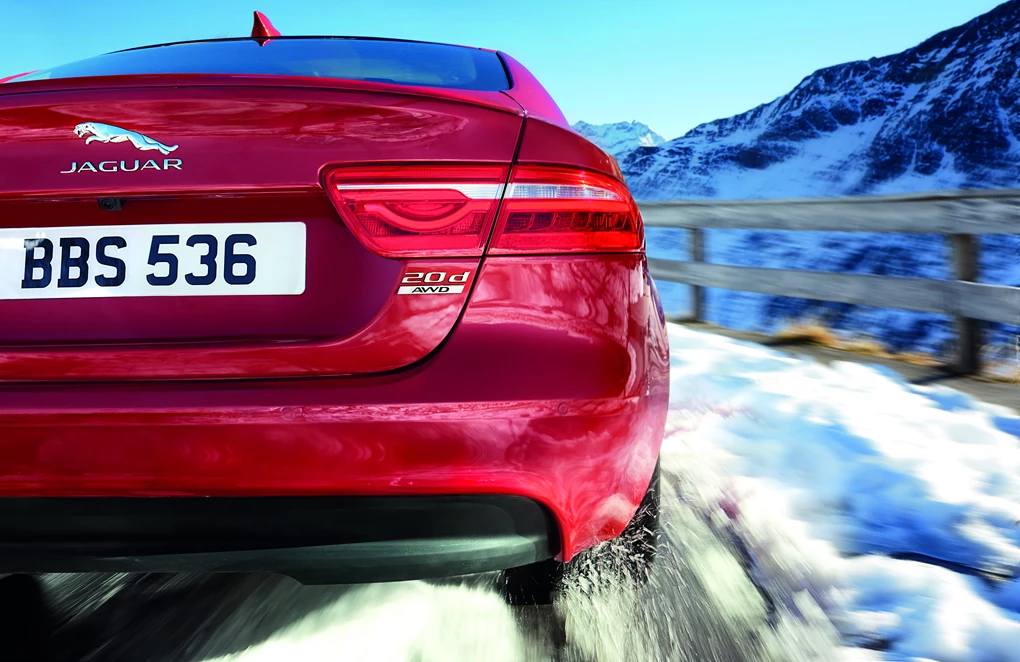
Ride and Handling
There are three driver-adjustable modes, the ones either side of the normal one being called Eco and Dynamic.
Jaguar has created three suspension set-ups for the XE. The basic one is perfectly acceptable and makes the car feel smooth, if a little stately. The S comes as standard with an adaptive system which does not always feel quite right when fitted as an option to a four-cylinder model, though it starts to make sense in harder driving. Our favourite is the non-adaptive sport system fitted to the R-Sport. With this fitted, the XE is at its most nimble, and even the steering (which is certainly very smooth but can sometimes feel a little ponderous) seems better than usual. There are three driver-adjustable modes, the ones either side of the normal one being called Eco and Dynamic. These affect the throttle response, the steering assistance and, in cars with automatic transmission, the gear selection software. Where adaptive suspension is fitted, changing from one mode to another affects this too. XEs generally have 18-inch wheels, but ride quality is mostly maintained if you switch to the optional 19s.
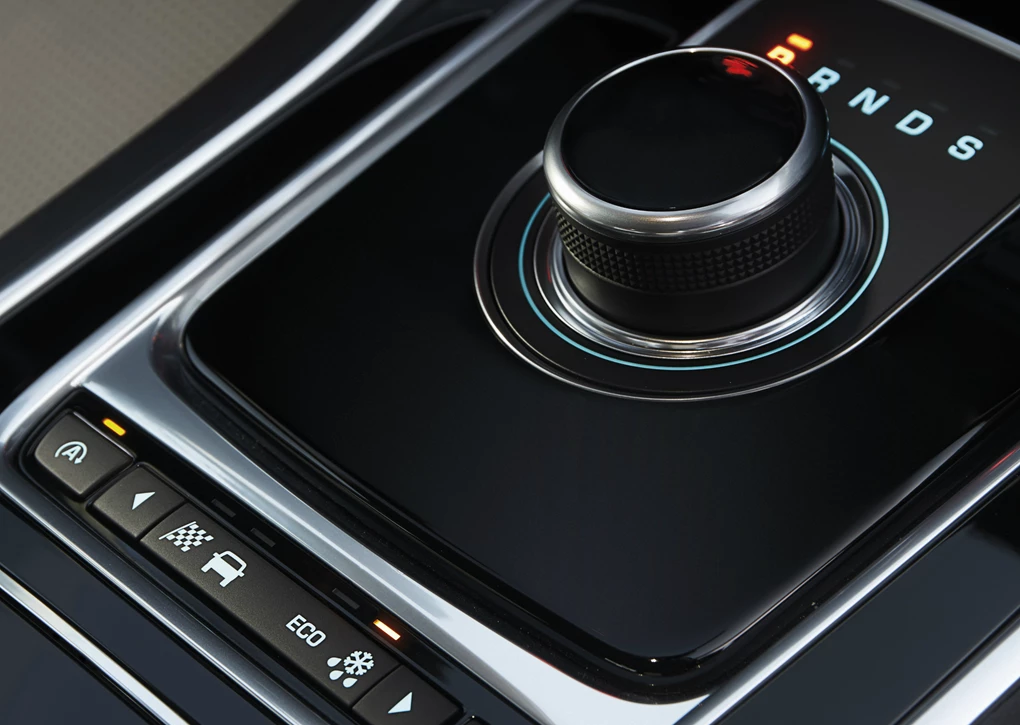
Interior and Equipment
The XE introduces a new Jaguar platform which will also be used as the basis for the next XF.
One of the most disappointing aspects of the XE is its lack of passenger space. This is particularly limited in the rear, which makes it difficult to accommodate four large adults. Up front, headroom is limited, but less so if the car is fitted with sports seats (as the S and R-Sport are) because their squabs are slightly lower. Very unusually, different XEs have different methods of adjusting the steering wheel position. In the more level-headed versions, this is done electrically. In sportier models, you unlock the steering column using a cheap rotary switch, move the wheel to where you want it, and lock the column again. The reason for having two systems is to distinguish the sporty cars from the less sporty ones. However, the second one is much less satisfactory and we'd prefer it if all XEs had the first one. The boot capacity is 455 litres, some way short of the 480 litres offered by the Audi, the BMW, the Mercedes and non-hybrid versions of the Lexus. The coupe-style body shape means that the upper edge of the boot opening is a long way back, limiting accessibility. The interior design is not as dramatic as that of more expensive Jaguars, but it's still attractive and includes some large and elegant curves.
Cost
The four-cylinder petrol cars can't break 40mpg on official test runs, but the diesels do so easily.
The entry price is around £27,000 (for the 197bhp SE automatic). This is significantly undercut in this market sector only by BMW, which has some quite low-powered models at the bottom of its 3-Series range. XE diesels start at around £30,000 and the most expensive of the four-cylinder cars (the 178bhp diesel Portfolio automatic) costs roughly £35,500. The S, almost a stand-alone model, costs approximately £45,000. Not surprisingly, the S is also the most expensive to run, with official fuel economy of 34.9mpg and a 194g/km CO2 rating. The four-cylinder petrol cars can't break 40mpg on official test runs, but the diesels do so easily. The most spectacular of these in this context is the 161bhp diesel manual, which has combined fuel economy of 75.0mpg and CO2 emissions of 99g/km, each figure being a record for a production Jaguar. Assuming you buy one of these before April 2017, you won't have to pay any Vehicle Excise Duty.
Our Verdict
The Jaguar XE has received a much more positive early response than the X-Type did, and with good reason. It's a very credible alternative to the key German opposition and should help raise Jaguar's fortunes. The variations across the range are surprising, and an optimistic view of this could be that different versions might appeal to people who are looking for cars of quite contrasting character. The space issue doesn't help the XE's cause, but appreciation of the styling, or a wish to be associated with the Jaguar brand, could persuade many potential customers to ignore this.
